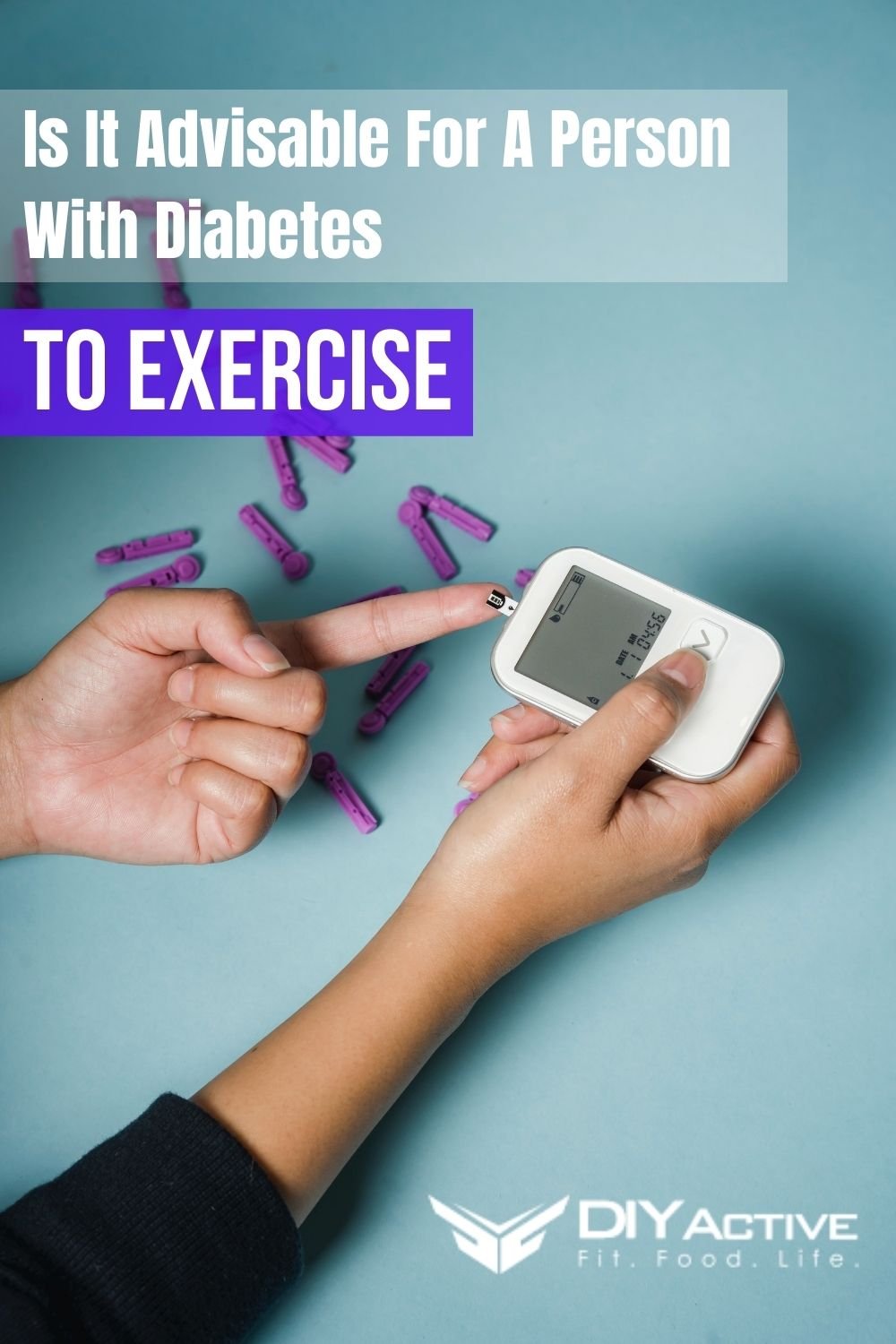
It is strongly recommended that sufferers with diabetes interact in common cardio train, nevertheless, diabetes and train current explicit issues. No matter diabetes sort 2, day by day train, or not less than not permitting greater than two days between train periods, is really helpful to scale back insulin resistance.
Security Measures For Individual With Diabetes To Train
You should monitor your blood sugar ranges earlier than, throughout, and after bodily exercise in an effort to train safely. This may present you the way your physique reacts to exercise and may also help you keep away from probably harmful blood sugar swings.
The next are some common blood sugar parameters for pre-exercise. When measuring blood sugar ranges, milligrams per deciliter (mg/dL) or millimoles per liter (mmol/L) are the models of measurement.
- Decrease than 100 mg/dL (5.6 mmol/L) – It’s doable that your blood sugar is simply too low to train safely. Earlier than you start your exercise, have a modest snack containing 15 to 30 grams of carbs, akin to fruit juice, fruit, crackers, and even glucose tablets.
- 100 to 250 mg/dL (5.6 to 13.9 mmol/L) – You’re all set to go. It is a protected pre-exercise blood sugar vary for most individuals.

- 250 mg/dL (13.9 mmol/L) or increased – It is a warning zone; your blood sugar stage could also be too excessive to comfortably train. Check your urine for ketones, that are compounds produced when your physique breaks down fats for vitality. Ketones are an indication that your physique doesn’t have sufficient insulin to maintain your blood sugar beneath management. For those who train when your ketones are excessive, you threat growing ketoacidosis, a critical diabetes complication that requires fast care.Somewhat than exercising straight away, take steps to decrease your blood sugar ranges and wait till your ketone check reveals that you don’t have any ketones in your urine.
Cardio Train Coaching
Cardio exercise bouts ought to ideally final not less than 10 min, with the objective of 30 min/day or extra, most days of the week for adults with sort 2 diabetes. Over time, actions ought to progress in depth, frequency, and/or period to not less than 150 min/week of moderate-intensity train.
Adults capable of run at 6 miles/h (9.7 km/h) for not less than 25 min can profit sufficiently from shorter-duration vigorous-intensity exercise (75 min/week).
Resistance Train Coaching
Adults with diabetes ought to interact in 2−3 periods/week of resistance train on nonconsecutive days. Though heavier resistance coaching with free weights and weight machines could enhance glycemic management and power extra, doing resistance coaching of any depth is really helpful to enhance power, steadiness, and the power to interact in actions of day by day dwelling all through the lifespan.
Flexibility, Steadiness, and Different Coaching
Joint vary of movement is maintained by performing flexibility workout routines for every of the foremost muscle-tendon teams on two or extra days per week.
Flexibility coaching could also be useful for individuals with all sorts of diabetes, but it surely shouldn’t be used instead of different really helpful workout routines (akin to cardio and resistance coaching) as a result of it has no impact on glucose management, physique composition, or insulin motion.
Throughout train: Look ahead to signs of low blood sugar
Low blood sugar is likely to be an issue throughout train. Verify your blood sugar each half-hour when you’re planning an extended exercise, particularly when you’re making an attempt a brand new exercise or rising the depth or period of your exercise.
Checking your blood sugar stage each half-hour or so can let you know whether or not it’s secure, rising, or declining and whether or not it’s protected to proceed exercising.
Cease exercising if:
- Your blood sugar is 70 mg/dL (3.9 mmol/L) or decrease
- You are feeling shaky, weak, or confused
After train:
Verify your blood sugar after you end exercising and a number of other occasions within the following hours. Exercising depletes the sugar reserves in your muscle tissue and liver. Your physique absorbs sugar out of your blood whereas it rebuilds these shops.
When blood sugar ranges are too excessive, diabetic ketoacidosis can develop. This could occur in case you are excessively dehydrated. In case your blood sugar is excessive (for instance, over 300 mg/dL) and you’ve got ketones, don’t train.
In case your blood sugar is excessive (for instance, over 300 mg/dL) and also you don’t have ketones, proceed with warning.
Picture by Klaus Nielsen
Picture by Mikhail Nilov


